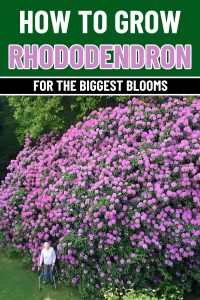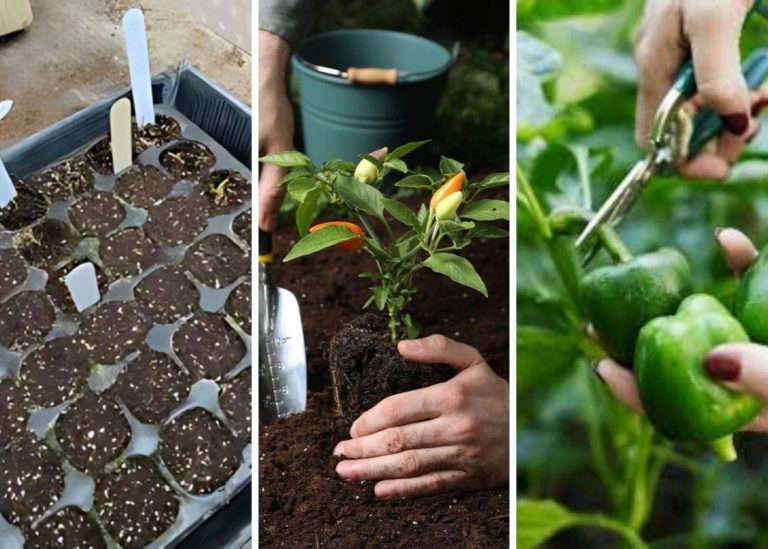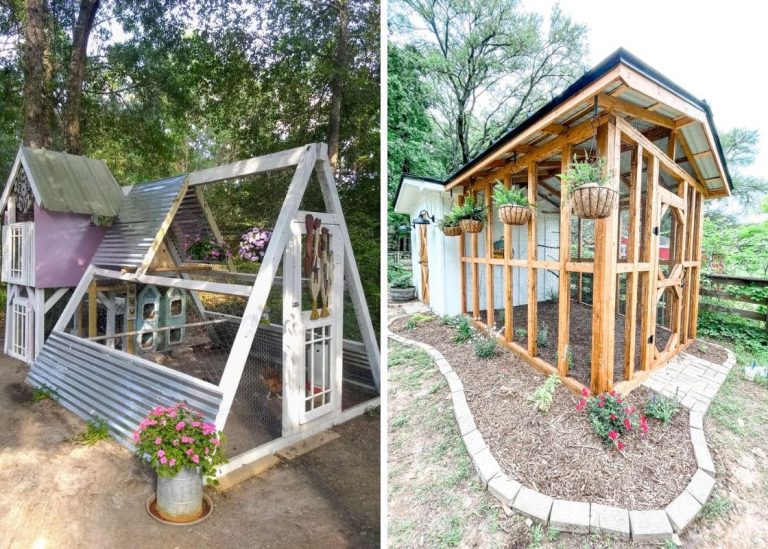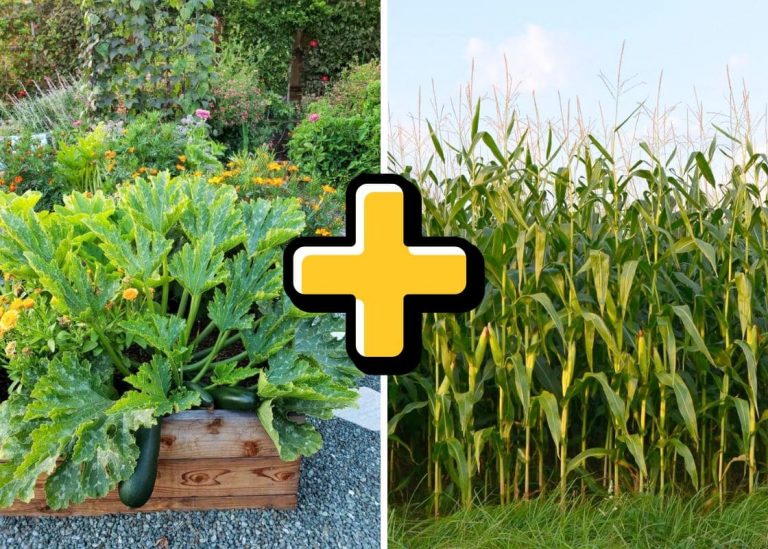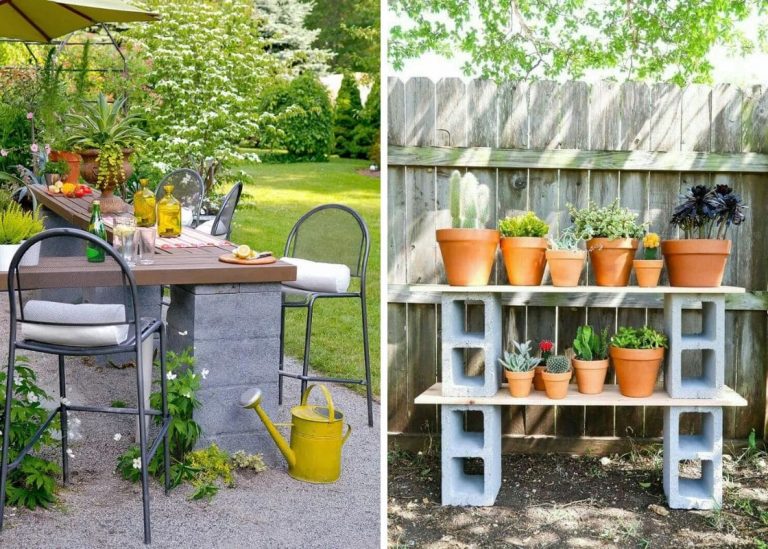How to Grow Rhododendron for the Biggest Blooms of Your Life
I was deadheading tulips one late April morning when an older gentleman paused on the sidewalk just outside our fence. His hands were clasped behind his back, eyes lifted, and a half-smile tugging at his face. “Those rhododendrons,” he said quietly, “they’re magnificent. Remind me of the ones my wife used to grow.”
I didn’t answer right away. I was looking at the same plant—its magenta blooms spilling like satin ribbons over the edges of my garden bench, the one where my daughter used to sit with her storybooks. That shrub had been stubborn for years, barely blooming, always struggling, until I finally got serious about learning what made it happy.
Truth is, I nearly gave up on rhododendrons once. I’d planted them too deep, fed them the wrong fertilizer, ignored their mood swings with water and sunlight. But something about them wouldn’t let me quit. I remembered my grandmother’s row of pink-flushed blossoms lining her walkway—how she’d whisper to them in the mornings like old friends. That memory nudged me to try again.
What I’m sharing with you today isn’t just a how-to. It’s a gardener’s journey—mine and a few others too—filled with small victories, stubborn mistakes, and the kind of quiet beauty that makes a neighbor stop mid-step.
Location Is Everything (And I Mean Everything)
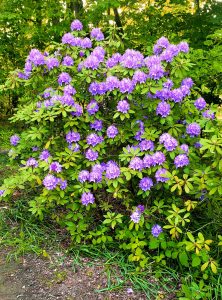
You can’t force a rhododendron to thrive in a spot it doesn’t like. They’re picky about light but not in the way most people think.
What I’ve found works best is dappled light or gentle morning sun with afternoon shade. Full sun all day will bleach the blooms and burn leaves, especially in warmer regions. Deep shade, on the other hand, will leave you with leggy growth and hardly any flowers.
I always test a location by watching it throughout the day before planting. If it’s the kind of spot where you’d love to sit and sip tea in the late morning light, your rhododendron will love it too.
Soil: Where It All Begins
I once dug a rhododendron into compacted soil because I was too lazy to amend it. The result? Leaves that sulked, buds that never opened, and a plant that looked perpetually tired.
Then I read about how rhododendrons evolved in woodland soil—loose, acidic, rich with leaf litter. I began mimicking that. I dug twice the width of the root ball and worked in pine bark fines, shredded leaves, and peat moss. Not manure, not mushroom compost—both are too alkaline.
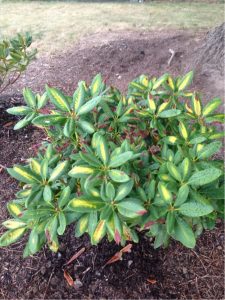
When I replanted one that had been struggling, keeping the root ball just slightly above the soil line and giving it a fluffy mulch blanket, something shifted. That fall, for the first time, it set buds.
Rhododendrons want to breathe. Treat their roots gently, and they’ll reward you with drama.
Watering: Gentle and Consistent Wins
I ruined a blooming season once with good intentions. It was a hot spell, and I watered daily—overhead, with the sprinkler. Bud blast hit hard. The buds turned brown and fuzzy. None opened.
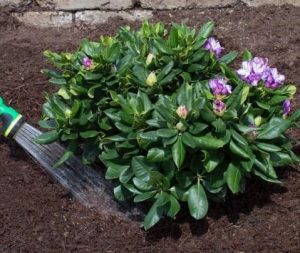
Now I water low and slow. I stick my finger into the soil. If it’s dry one knuckle deep, I water deeply, letting it soak right into the root zone. I mulch every May with pine needles and shredded bark—it keeps the roots cool and moist without inviting fungus.
And I stopped watering the buds. When I saw the first tight knots of color forming, I resisted the urge to spray. That alone made a world of difference.
Feeding Like a Friend Who Knows When to Stop Talking
More food doesn’t mean more flowers. I learned that the hard way. One spring, I loaded up on high-nitrogen fertilizer. The result? Gorgeous foliage. No blooms.
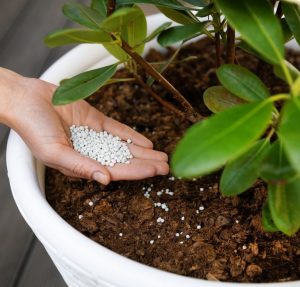
Now, I feed thoughtfully. Early spring, I use an organic fertilizer for acid-loving plants—something low in nitrogen, rich in phosphorus. After blooming, I add a spoonful of kelp meal or bone meal and gently rake it in.
A neighbor once told me she swears by an early spring dose and a post-bloom top-up—nothing more. Her rhododendrons are legends in our street. So I followed her rhythm, and I’ve never gone back.
Pruning for Power
When I pruned my first rhododendron, I panicked. What if I cut too much? What if I killed the buds?
I’ve since learned this: gentle is key. Right after the last bloom drops, I snap off the spent flowers with care. Below them are fresh shoots—those are next year’s showstoppers. I leave those untouched.
For shape, I trim any wild stems that shoot out like antennae or cross too much inside the plant. If I inherit a woody old rhodie, I prune back a third in early spring—not all at once. It takes a season or two, but the plant comes back fuller, happier.
A Little Foliar Magic (My Best-Kept Secret)
I almost didn’t include this tip—it feels like revealing a secret sauce. But you’ve read this far, and you deserve the good stuff.
Every August, I mix a gentle seaweed extract in water and mist it over my rhododendrons in the evening. I do this once a week for a month. The buds for next spring are forming invisibly then, and this little boost seems to tell the plant, “You’ve got this.”
The following year? More buds, tighter clusters, and a show that makes people stop and stare.
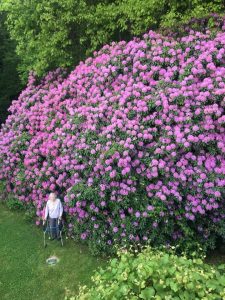
Guarding the Future: Winter Matters More Than You Think
A February thaw followed by a cold snap once erased a whole season’s buds for me. That was the year I learned to protect what I’d worked so hard for.
Now, I keep breathable frost cloths ready. If the forecast dips low after a warm spell, I cover my younger rhododendrons like I’m tucking them in. I also plant mine near evergreens or fences that block biting winter wind. The buffer is subtle, but the buds stay safe.
Final Thoughts
I’ve watched friends rip out rhododendrons after one bad season. I’ve almost done it myself. But I’ve also watched a plant go from reluctant to radiant, just because I slowed down and listened to what it needed.
That’s the heart of gardening, isn’t it? Not forcing, but learning. Not perfection, but patience.
If you give them the right light, soil, and care—if you trust their rhythm—rhododendrons will give you something no other plant can: that moment in spring when everything seems to bloom at once, and the whole garden holds its breath.
Let your garden become the kind of place where strangers pause, and memories bloom with the flowers.

